AI-composed blues music lacks human flair and rhythm

20:19 23/03/2024

5 phút đọc
“Soul Of The Machine” may not sound like a real song at first glance. However, with the development of AI technology, the line between music created by humans and machines is increasingly blurred. This song was composed by Suno, an AI tool specializing in music creation developed by a startup of the same name. According to Rolling Stone, “Soul Of The Machine” is described as a sad acoustic blues solo about a lonely AI.
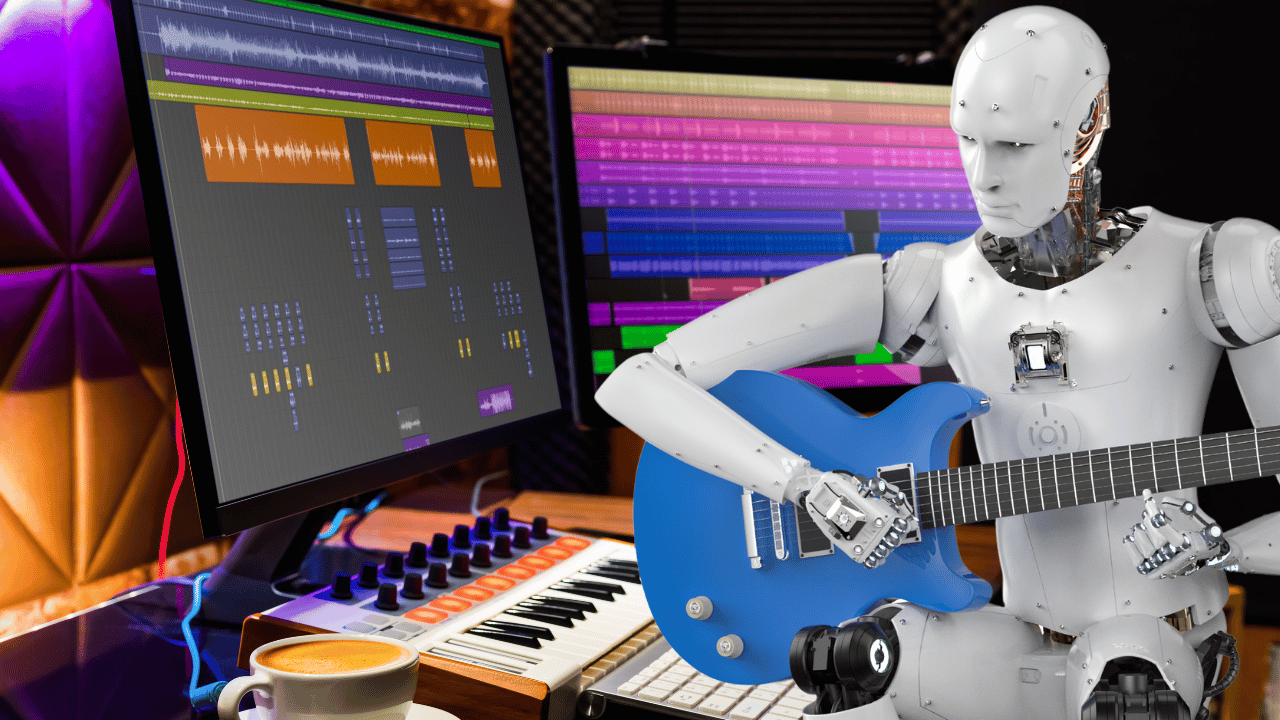
Listening to the song, we can feel the technical impressiveness and convincingness in the way Suno simulates the Delta blues style. However, compared to blues recordings made by humans, “Soul Of The Machine” still lacks a “soul” – the element that makes music come alive and move emotions.
Overall, “Soul Of The Machine” is a prime example of the potential of AI in the field of music composition. However, to truly create works of art with “soul”, AI still needs more time to learn and develop.
After more than a decade of dedication to music, I was a semi-professional and professional musician, diligently performing on stage at least four nights a week. During that journey, I had the opportunity to stick with the Western Swing genre.
When talking about Western Swing, it is impossible not to mention Bob Wills – the legendary artist who contributed to bringing this genre to its peak. However, in the opinion of some knowledgeable people, it is Milton Brown who deserves more recognition. Milton Brown’s music was directly influenced by early blues and swing artists such as The Hokum Boys (featuring Big Bill Broonzy) or Bessie Smith, creating a unique and attractive style. Personally, I am also more passionate and love Milton Brown’s playing style.
I’ve played the basic chords from “Soul Of The Machine” countless times along with its variations. Therefore, when I say that the chords wander aimlessly, it is because I also experimented with this style. Playing with rhythm and structure is supposed to create and release tension, but this song doesn’t do that.
By comparison, pay attention to Mississippi John Hurt’s deft use of rhythm in “It Ain’t Nobody’s Business.” He uses tricks such as lengthening pauses or singing parts on a different beat than the listener predicts.
However, when I tried playing guitar along to “Soul Of The Machine”, I couldn’t keep up with the rhythm. The song gradually slows down, like a steam locomotive slowing down. Bad rhythm or weird chord changes aren’t wrong or bad in and of themselves – there’s nothing really wrong or bad in music – but people who have trouble with rhythm don’t just slow down like that. Instead, their rhythm will increase and decrease irregularly. And when they make strange chord choices, it’s because they like the sound of it. AI has no such motivations.
Ultimately, Suno’s model was able to produce music that was free of odd features like extended tempos or unusual chord changes – points that often draw attention to its algorithmic nature. However, simply not making mistakes is not enough to compete with music composed by humans. The model needs to do more.
As a musician, performing live in front of an audience plays a key role in making money and building reputation. However, good performance skills are also an indispensable factor. Performing well means knowing how to interact with the audience during the performance, for example extending certain parts of a song if they like it, or being flexible in changing the playlist spontaneously. When at their best, musicians can create a special connection with the audience, a symbiosis that lasts for a brief moment or even lasts throughout the entire performance. Great performers have the ability to create this connection almost intentionally. (However, I am not one of those artists).
It’s hard to imagine Suno or any similar technology achieving that. Therefore, I do not expect it to completely replace live music – a core part of music anytime soon. However, that is just a small perspective in the overall picture. Before a robotic band can make people dance or cry in an auditorium, AI needs to move beyond simple imitation and begin to demonstrate an understanding of what moves people.
Mikey Shulman, co-founder of Suno, told Rolling Stone that the relationship between listeners and musicians today is “too disparate.” Suno was born to solve this problem. Shulman said Suno’s goal is not to replace musicians but “to help a billion more people participate in music than they do now.” The company’s founders “dreamed of a world of radically democratized music creation.” This is also an ideal often mentioned in the field of AI art. This sounds like a noble and well-intentioned goal, and I understand its appeal – not unlike Neo learning Kung Fu through a neck plug in The Matrix. Suno can’t teach someone to compose music right away, but if you want to make a blues song without ever picking up a guitar, “Soul Of The Machine” can help you do it more easily.
However, I always have trouble with the word “democratization”. Rolling Stone paraphrased Suno in this case, but plenty of AI art advocates use the word “democratization” when extolling the benefits of generating text or art through algorithmic proxies. The use of this word carries with it the disturbing implication that, somehow, creators are being stripped of control over the creative process.
Even if that is correct, there are still many doubts about Suno’s support capabilities. For now, it’s unclear whether tools like Suno can make the leap from digital twins to human-style creativity on their own.
AI image generators also have difficulty rendering detail, such as the image shown above. When I asked ChatGPT to draw Mike Mignola’s Hellboy, the results were not as expected. As a teenager, I used to stare at the pages of Mignola’s comics admiring every little detail. However, in this case, more detail makes the image worse. My joy faded when I saw odd details like Hellboy missing a foot or his jacket turning into a hand.
I understand the desire to apply AI to compensate for my limitations as an artist. However, every time I hear about “democratizing creativity”, I imagine someone arguing with the “gatekeepers” in this field, instead of focusing on creativity alone. to overcome them.
Although some people try to control art, most artists are willing to help and encourage each other. They don’t require you to demonstrate competency before you’re considered part of the community.
Musician Dan Reeder summed up this attitude perfectly: “You could sing the simplest song wrong, and no one would laugh at you. And if they did, they’d blow me away, because no one should laugh at you.”
However, this does not mean that artificial intelligence needs to completely replace human creativity to be useful. For example, the AI voice parody songs composed by Dustin Ballard are widely appreciated for his impressive singing ability and musical understanding. Or as The Verge’s Becca Farsace showed in a video in December, Boris Eldagsen spent months creating works of art using artificial intelligence, showing that his “promptography” can create thought-provoking works.
In both cases, AI should not be used as a shortcut to creativity. Instead, it enhances ideas they already have and can even help them discover new ideas they couldn’t think of before.
Bài viết liên quan
Palm Mini 2 Ultra: Máy tính bảng mini cho game thủ
Robot with smart grip
NASA’s goal of conquering the Sun
Apple launches a new feature that makes it easier to use your phone while sitting on vehicle
Google Photos launches smart search feature “Ask for photos”
Roku streams live MLB baseball games for free
Gun detection AI technology company uses Disney to successfully persuade New York
Hackers claim to have collected 49 million Dell customer addresses before the company discovered the breach
Thai food delivery app Line Man Wongnai plans to IPO in Thailand and the US in 2025
Google pioneered the development of the first social networking application for Android
AI outperforms humans in gaming: Altera receives investment from Eric Schmidt
TikTok automatically labels AI content from platforms like DALL·E 3
Dell’s data was hacked, revealing customers’ home address information
Cracking passwords using Brute Force takes more time, but don’t rejoice!
US lawsuit against Apple: What will happen to iPhone and Android?
The UAE will likely help fund OpenAI’s self-produced chips
AI-composed blues music lacks human flair and rhythm
iOS 17: iPhone is safer with anti-theft feature
Samsung launches 2024 OLED TV with the highlight of breakthrough anti-glare technology

REGISTER
TODAY
Sign up to get the inside scoop on today's biggest stories in markets, technology delivered daily.
By clicking “Sign Up”, you accept our Terms of Service and Privacy Policy. You can opt out at any time.



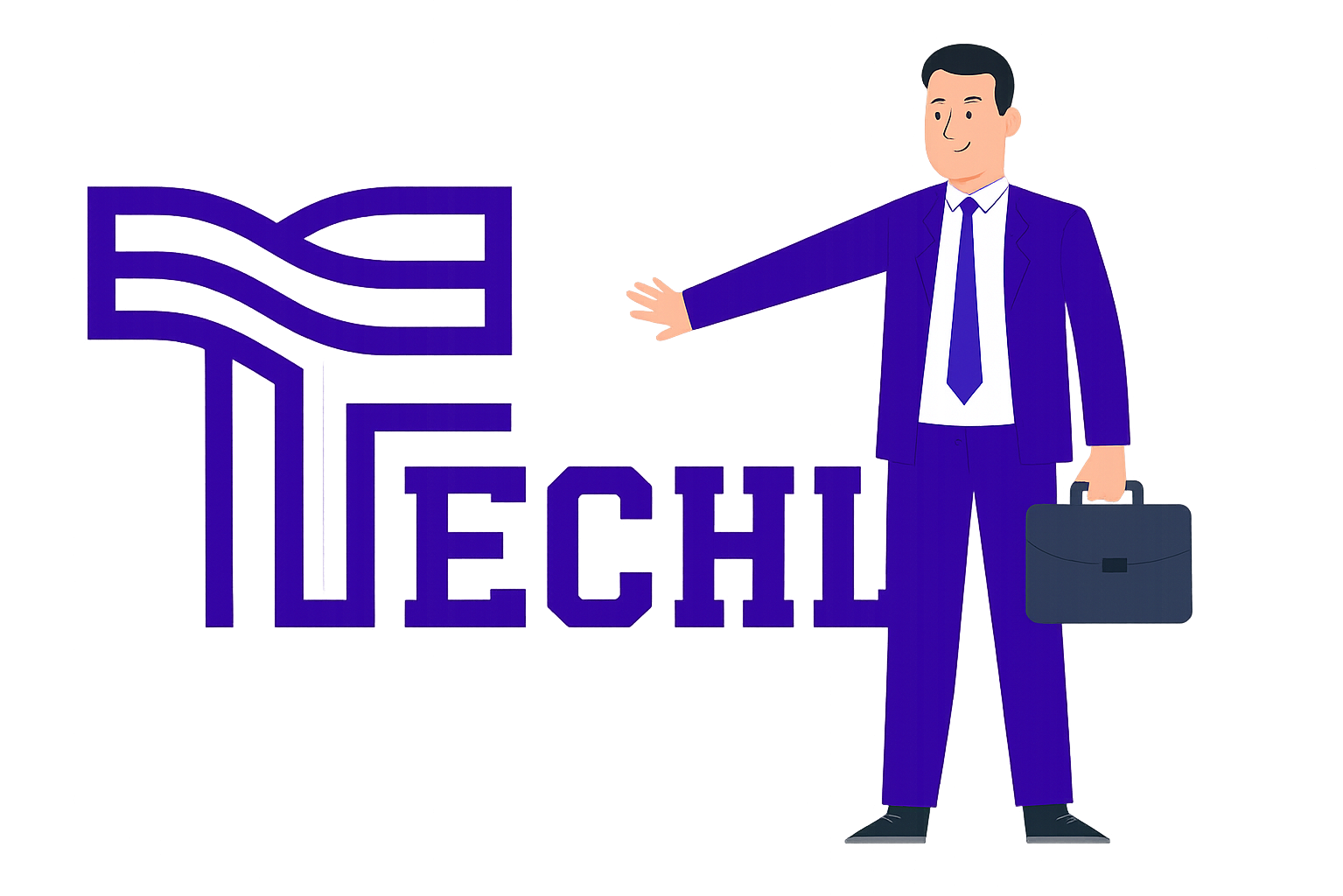







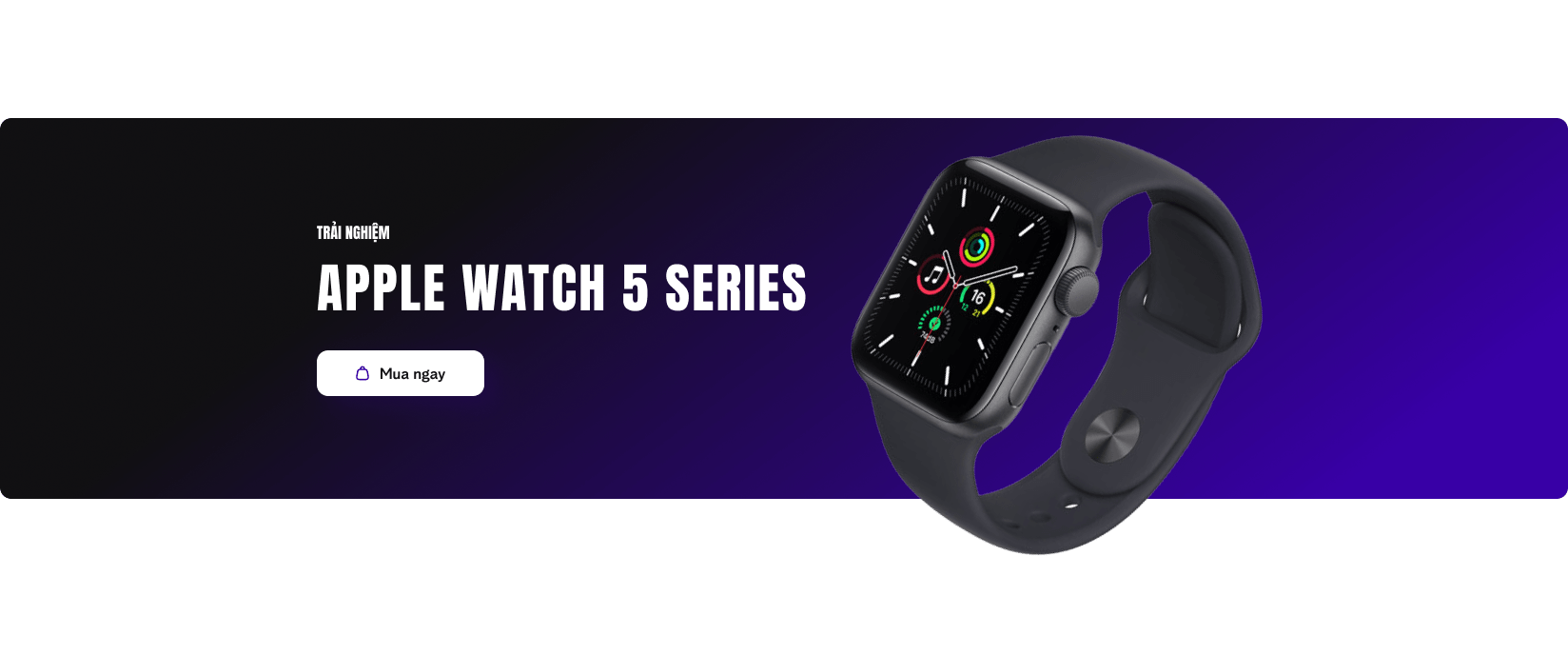
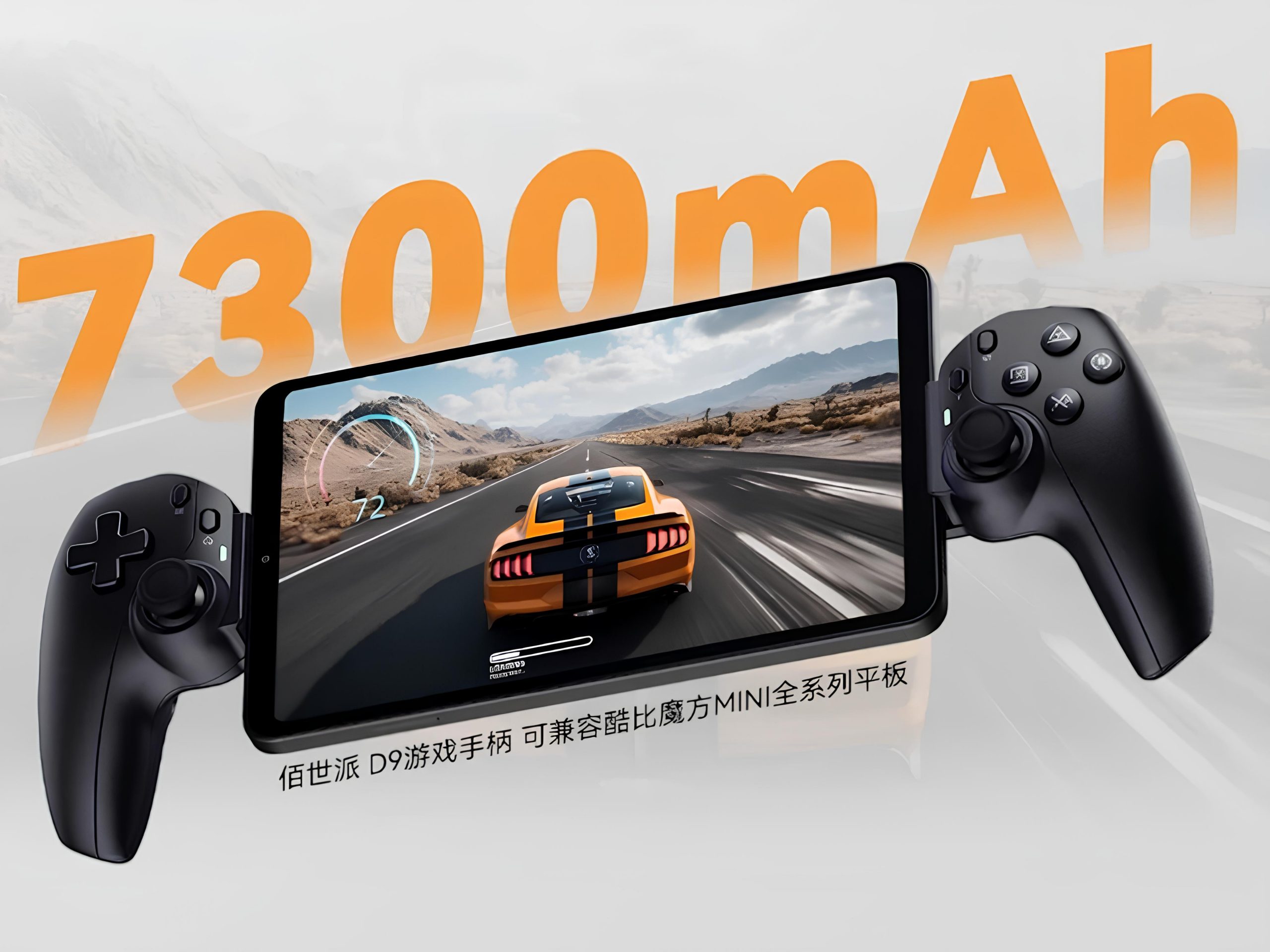
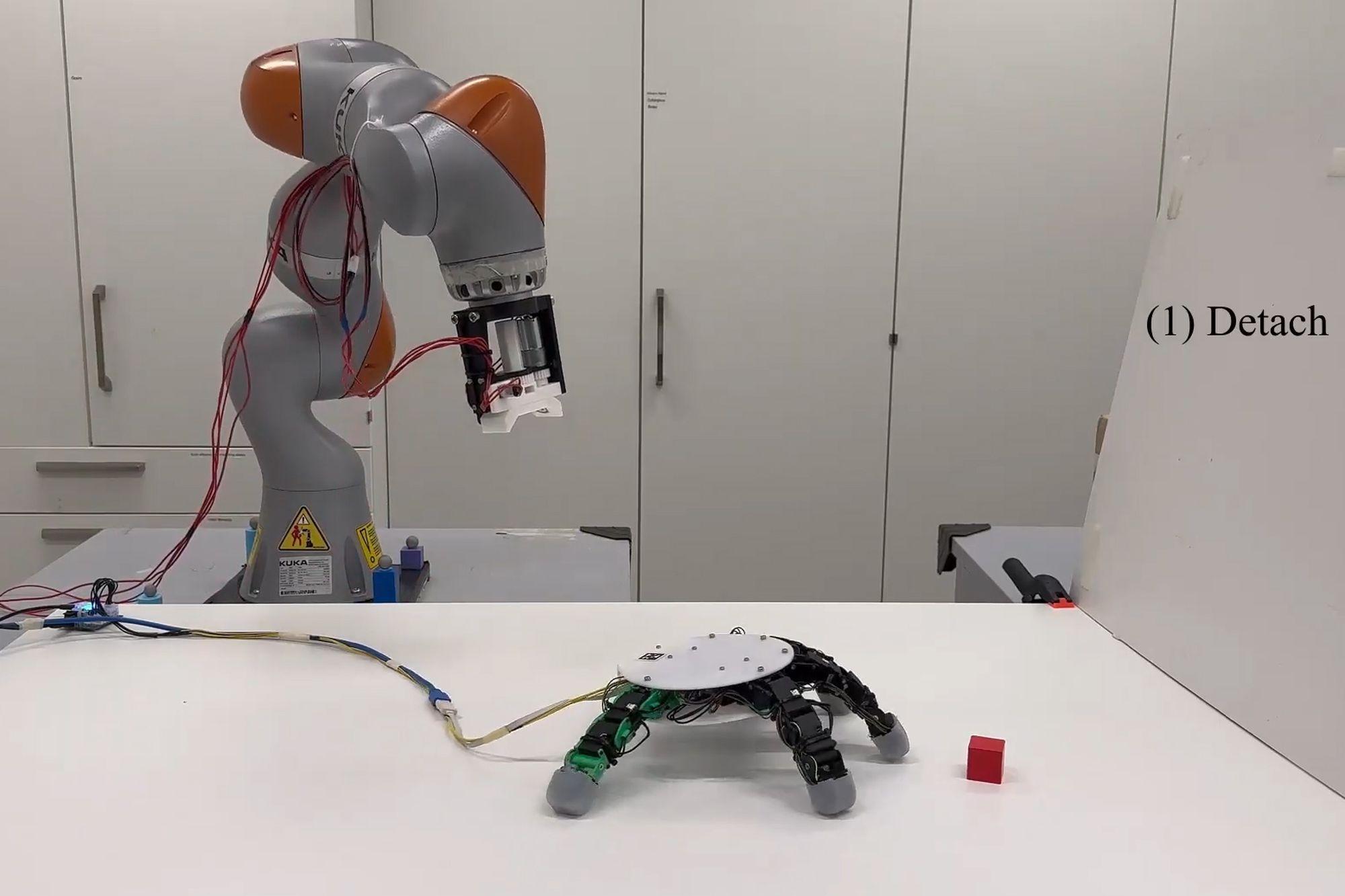
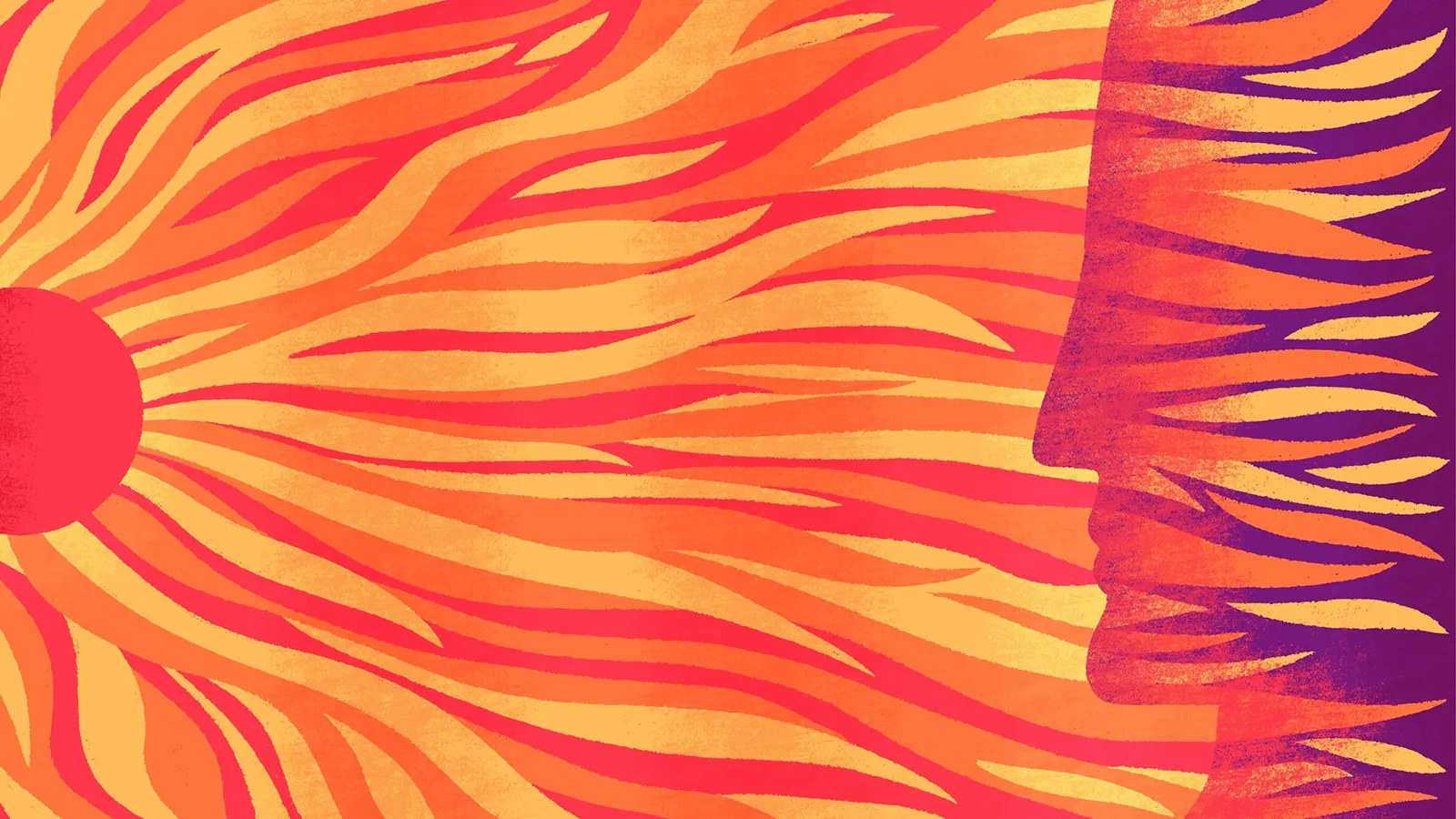
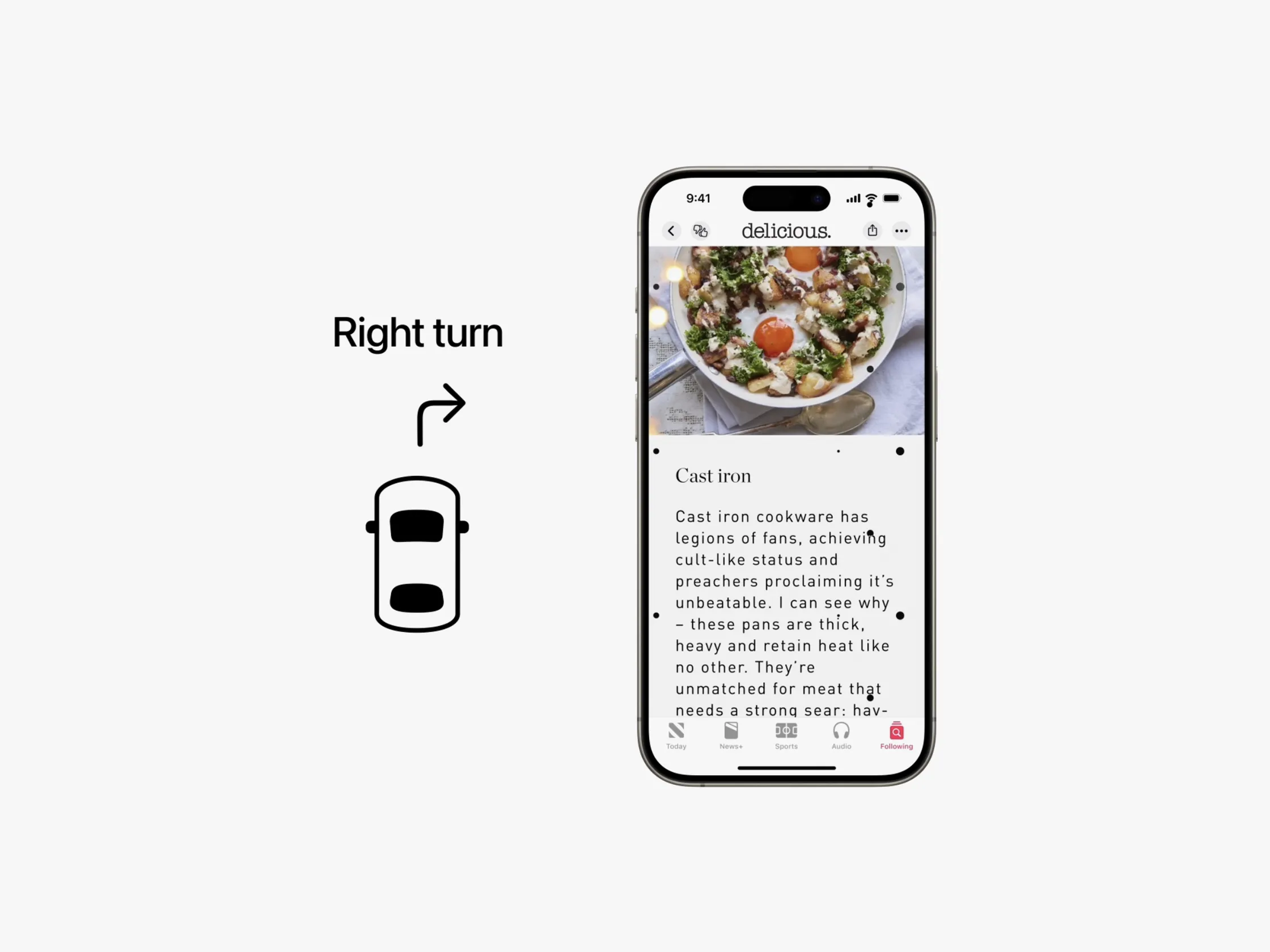
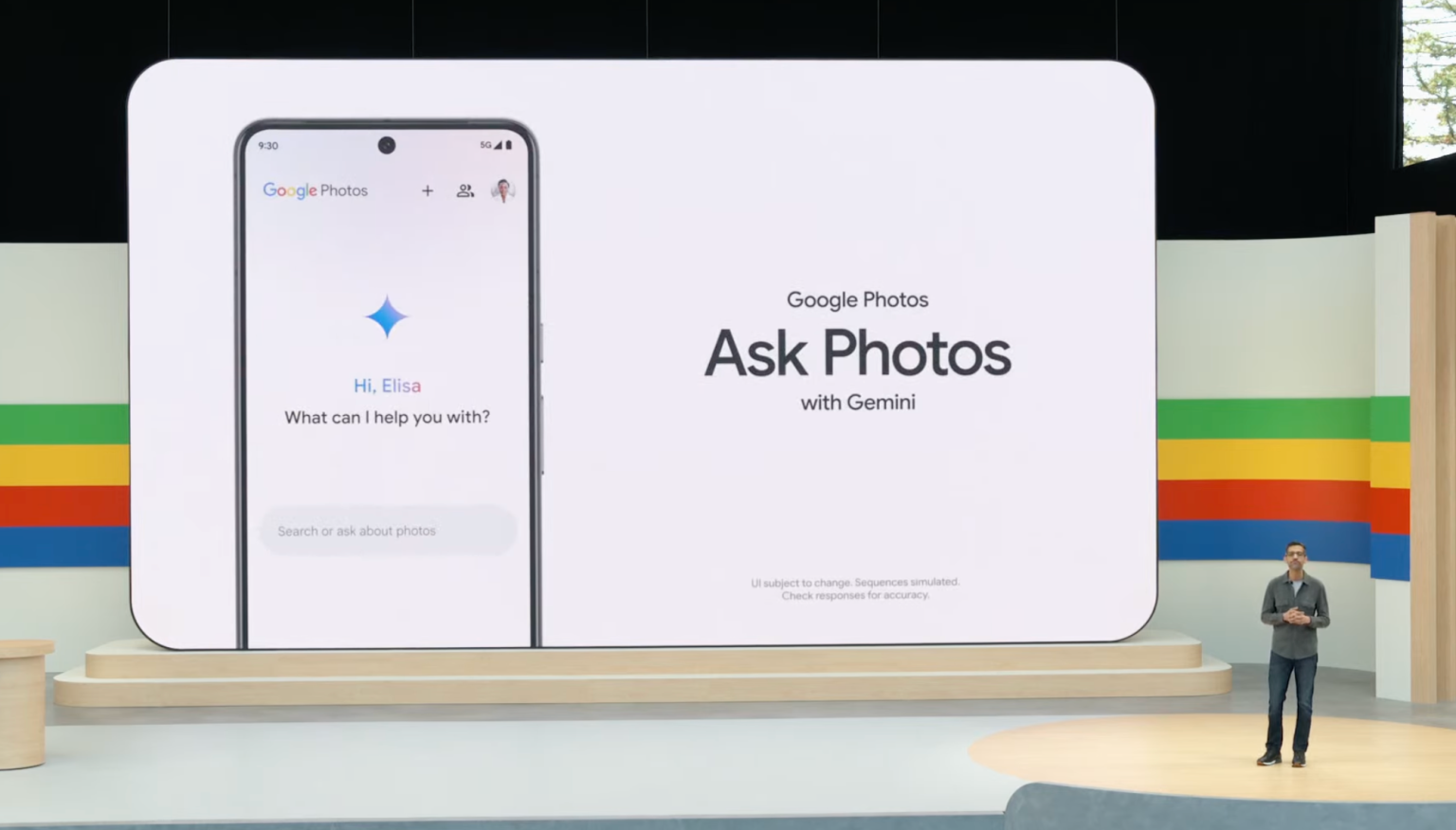

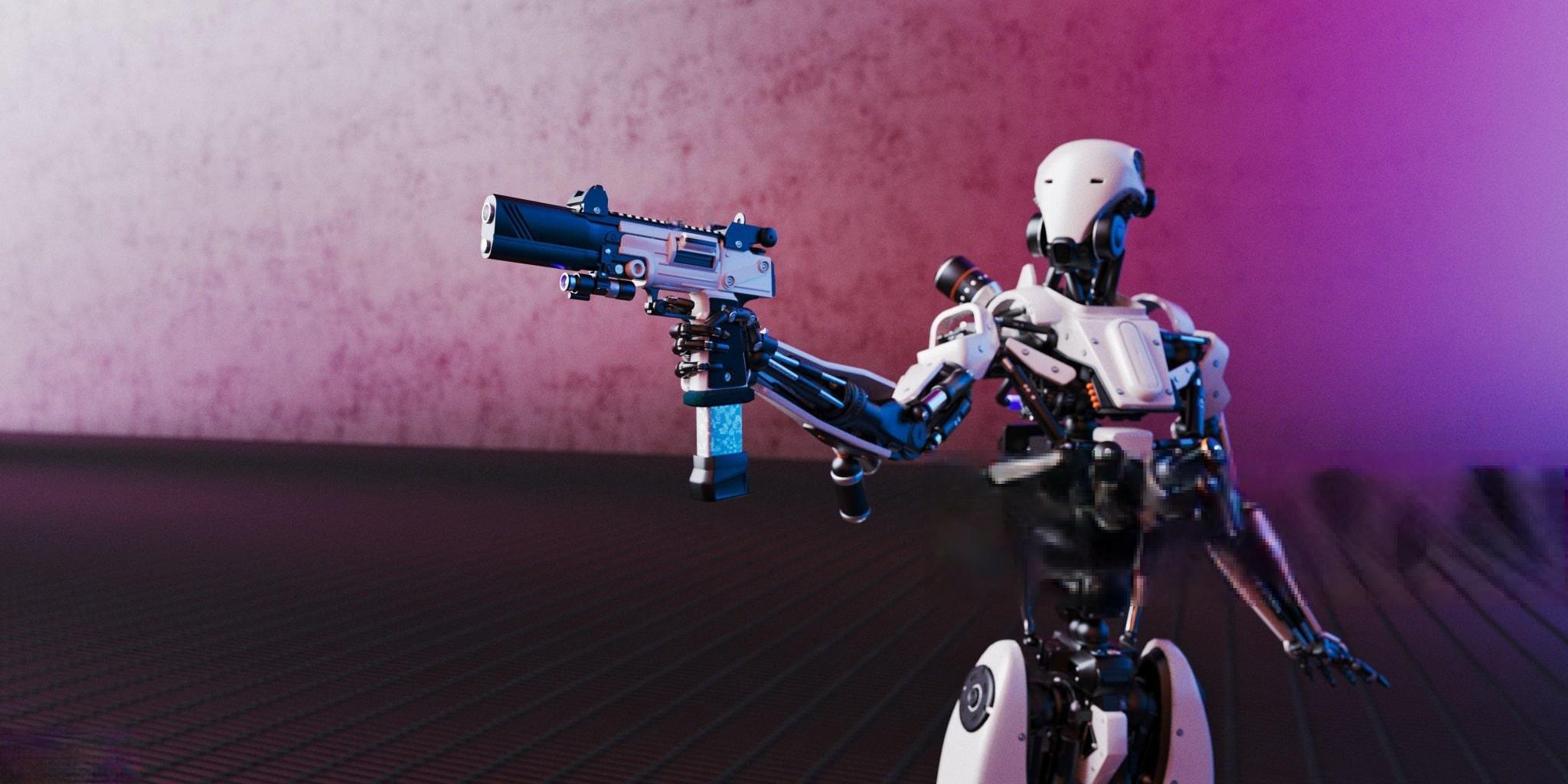
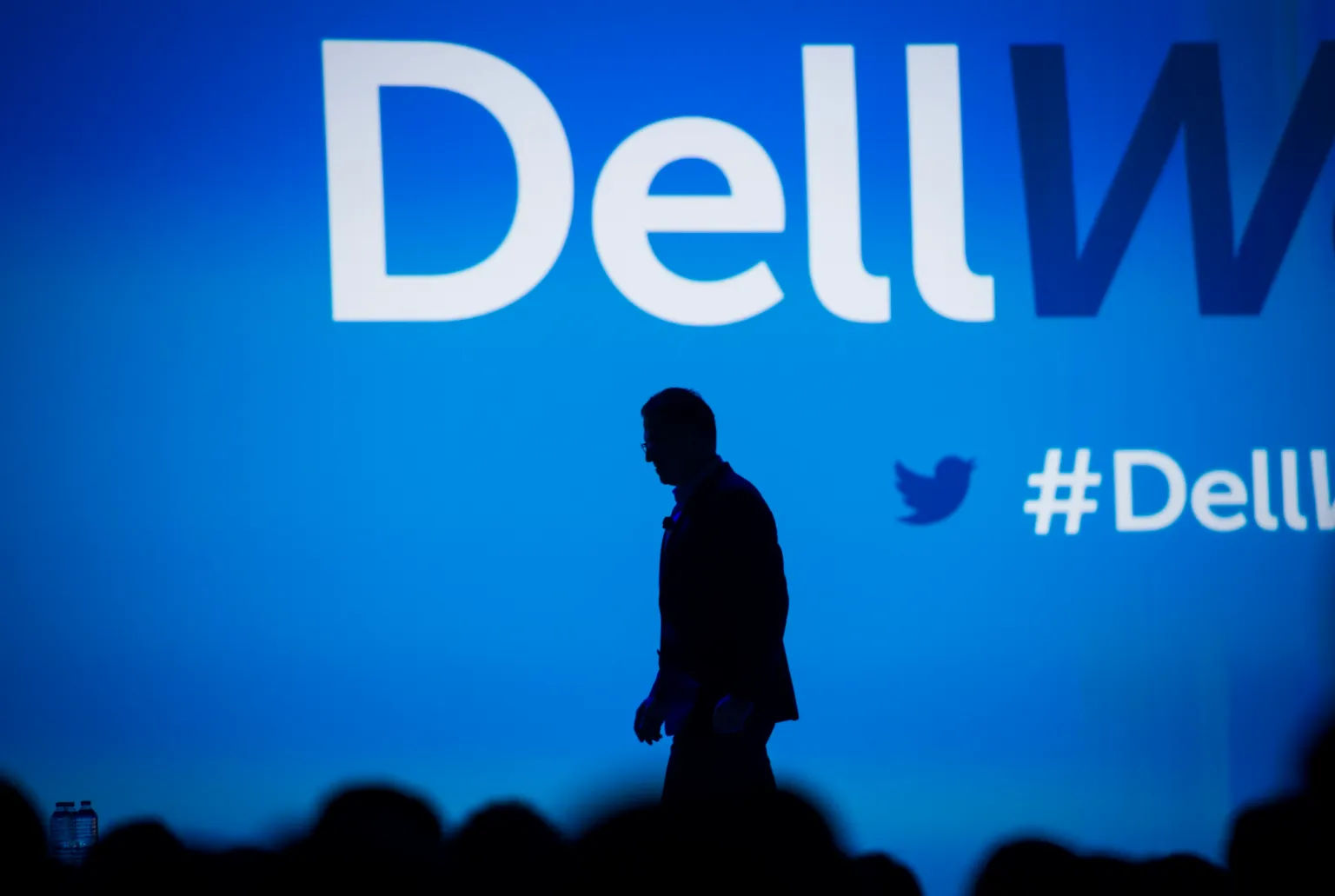

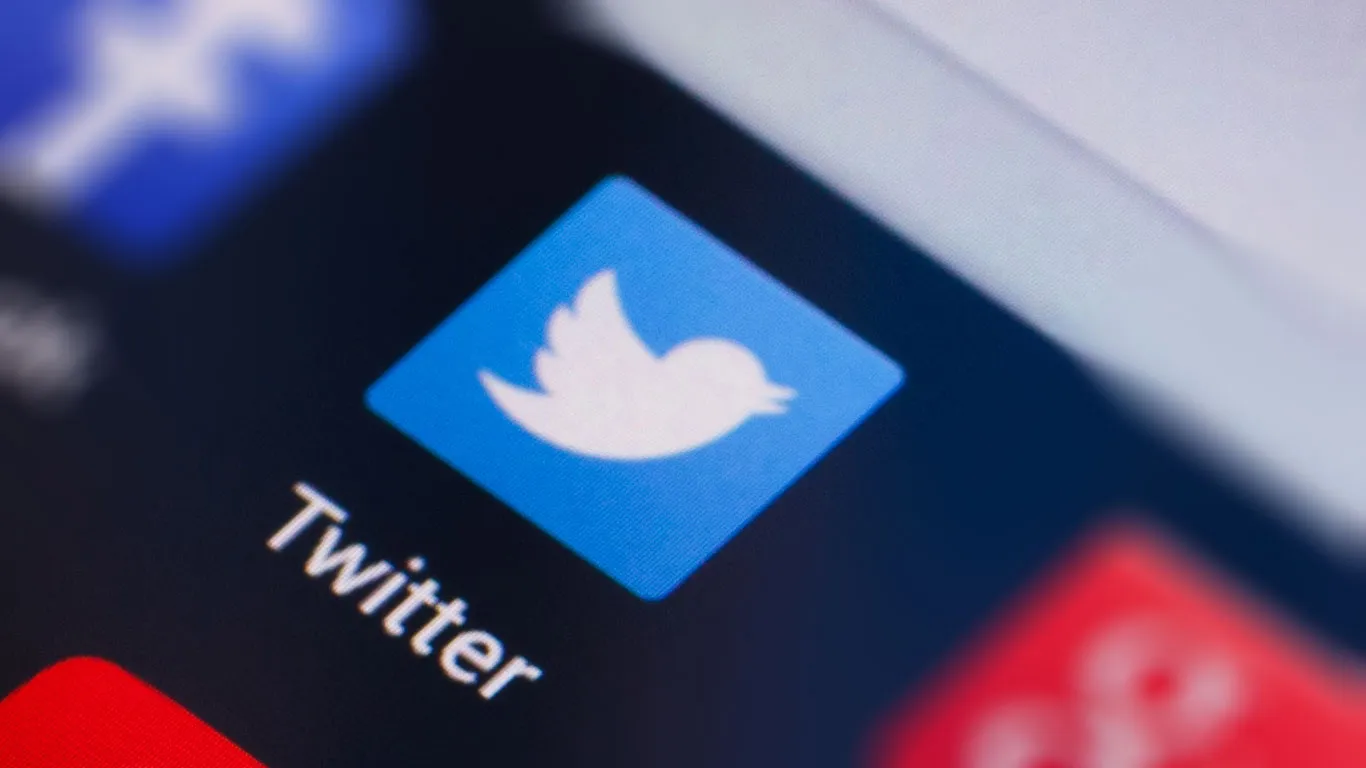
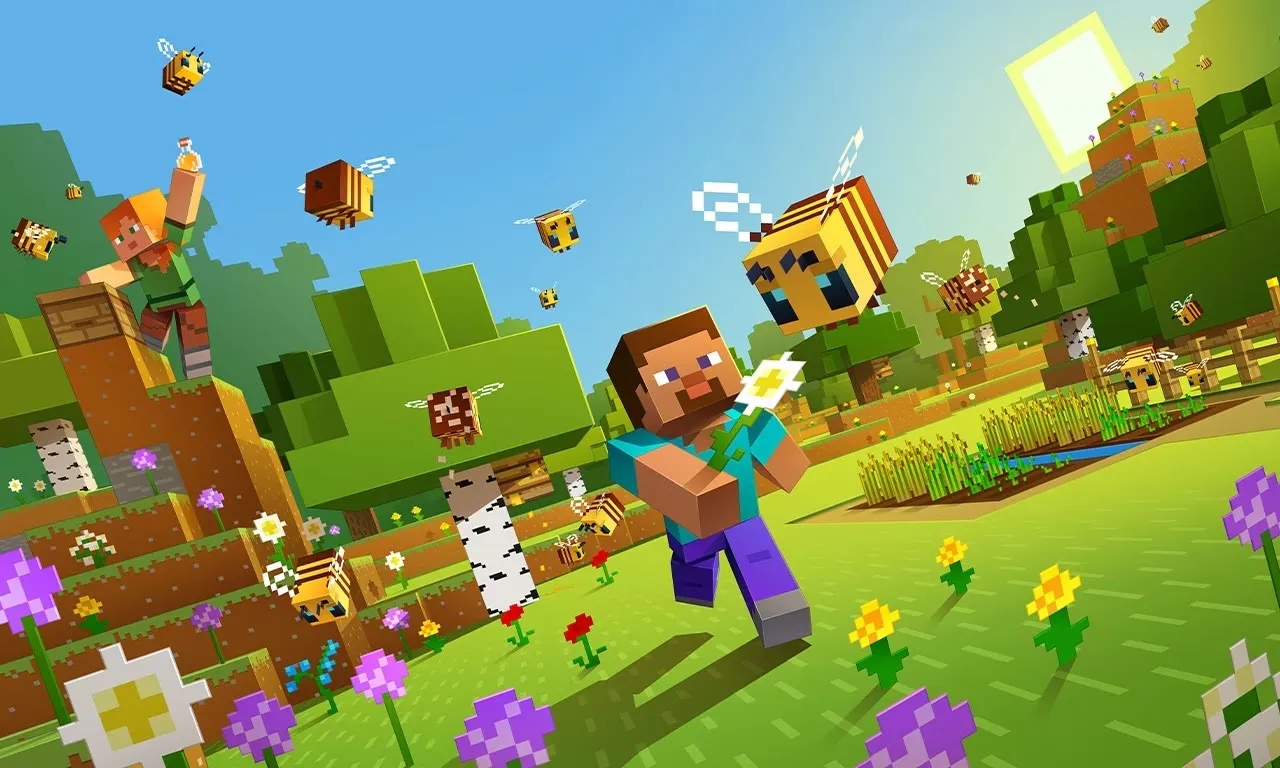
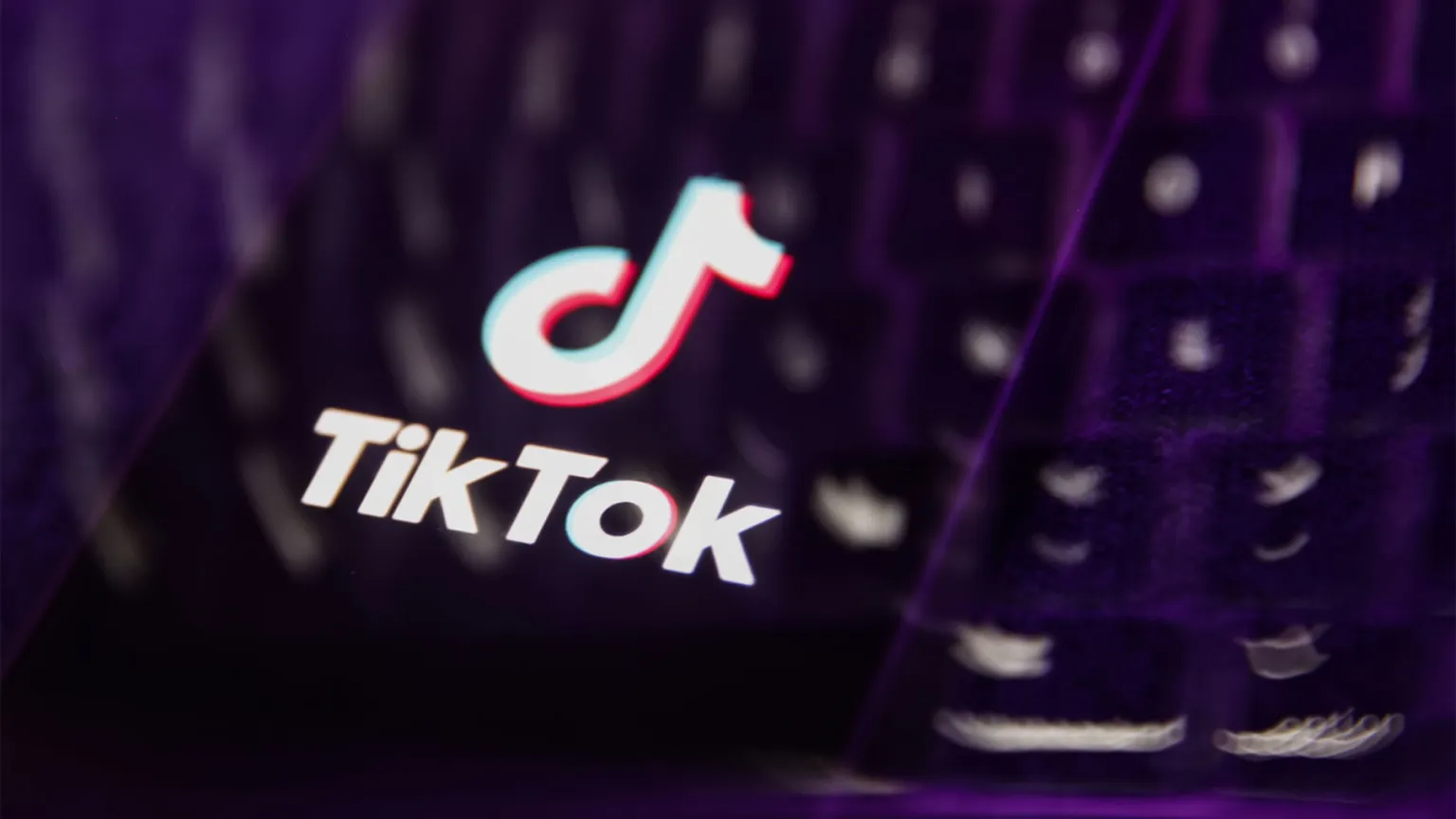
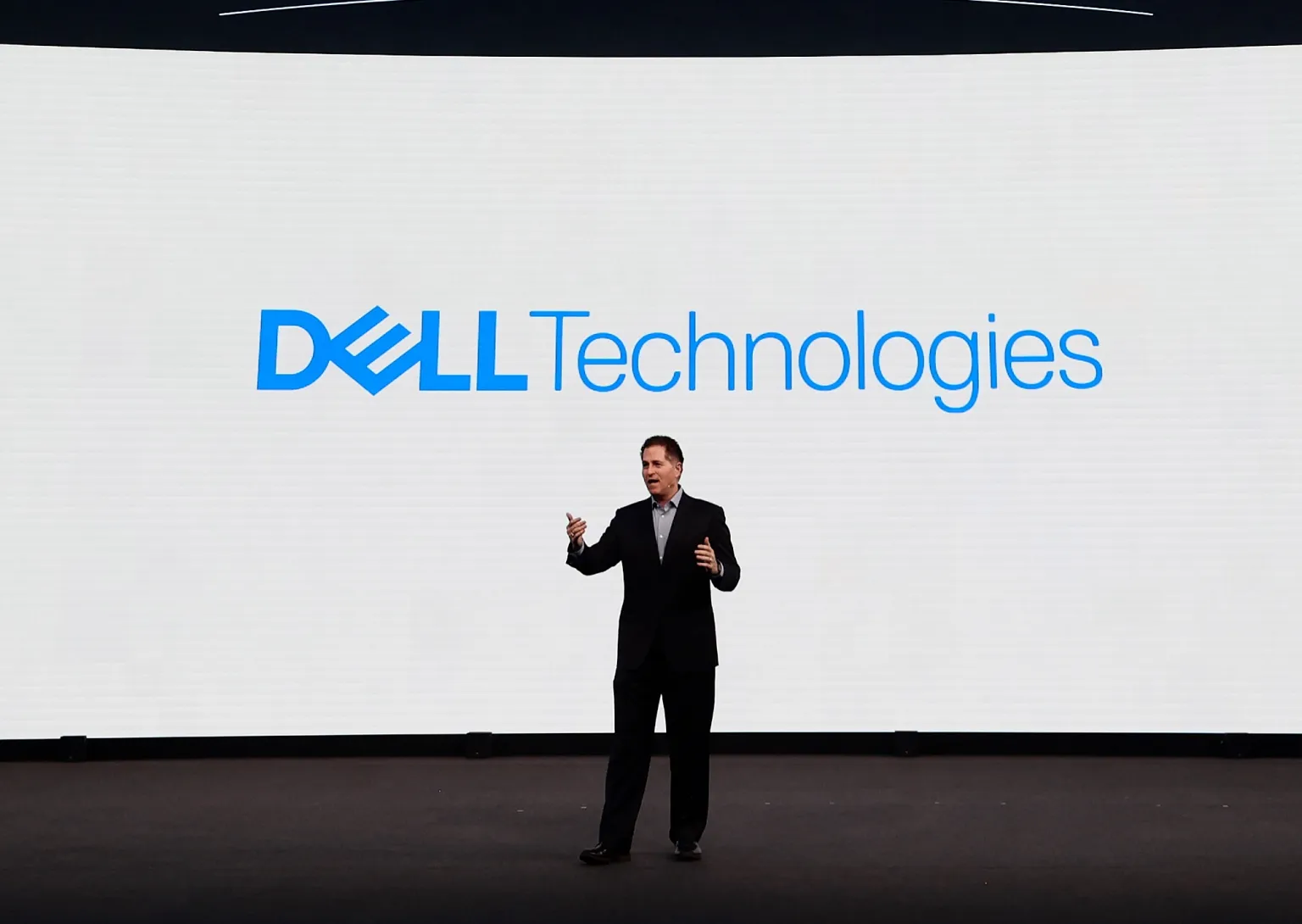

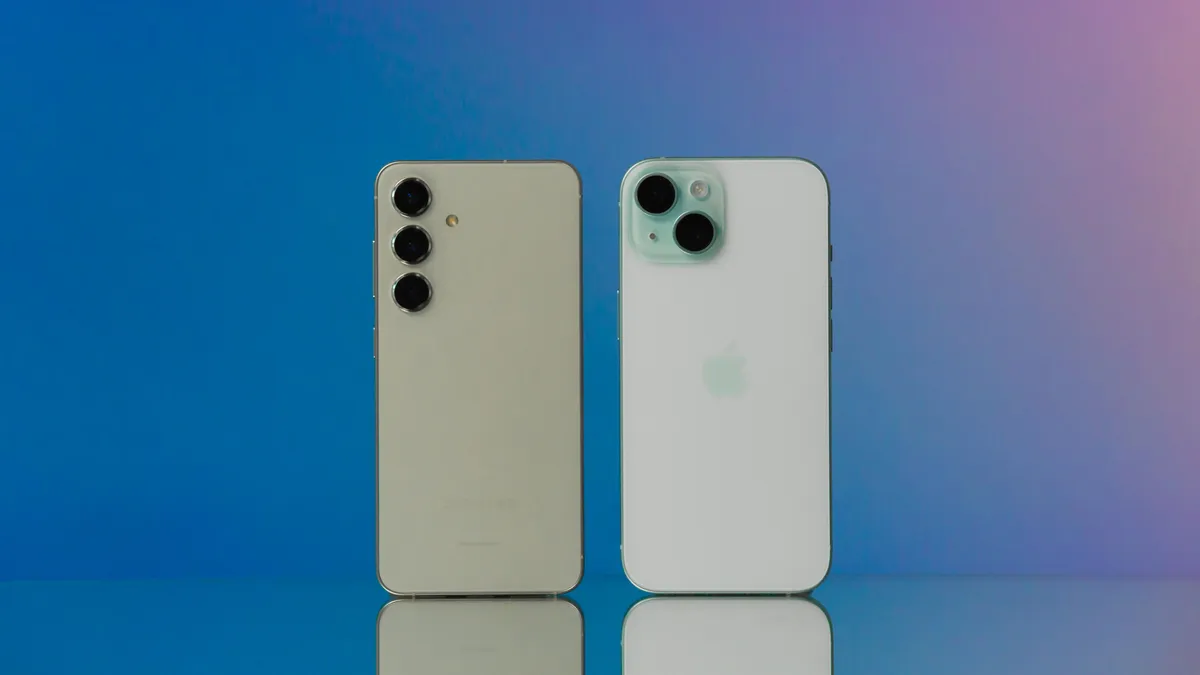

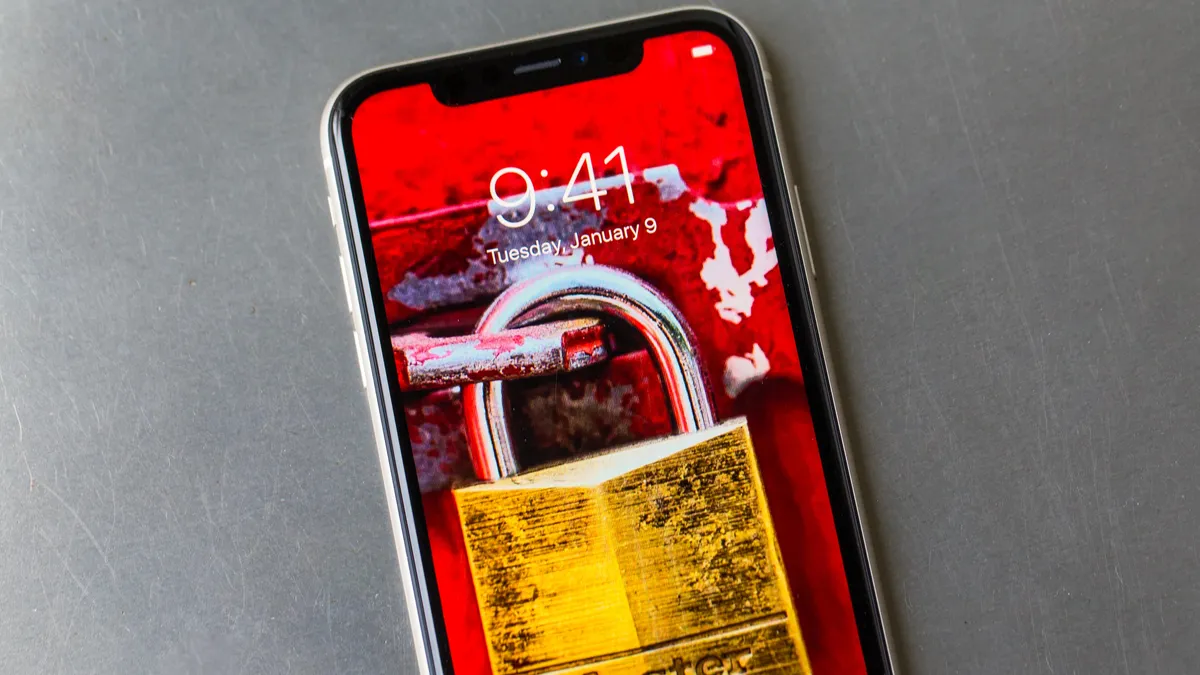
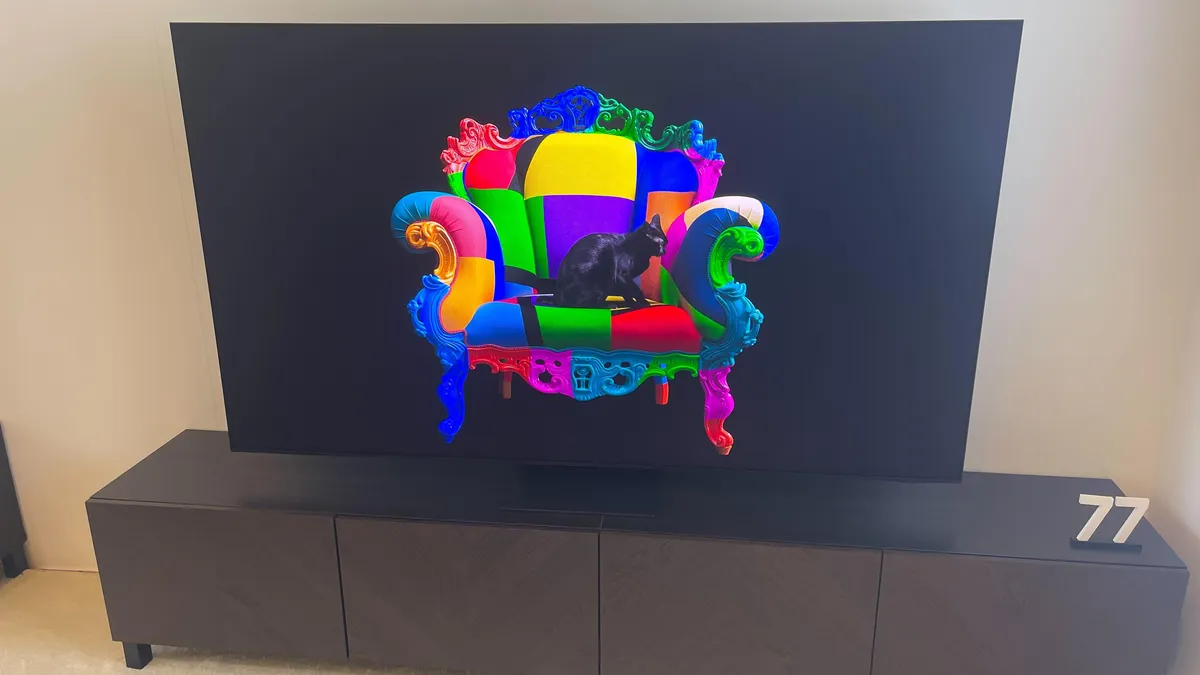

Nhận xét (0)